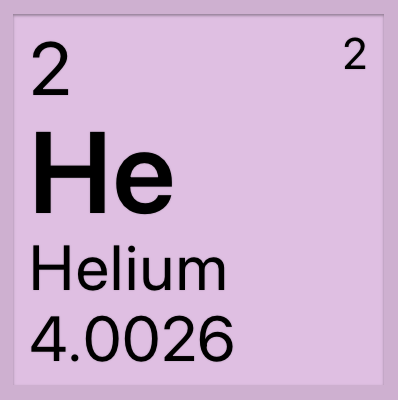An Escaping Gas

Helium is named after the Greek word for the sun, helios, as it was first identified in the sun’s corona (the sun is composed of 25% helium). While helium is the second most abundant element in the universe, it is scarce on Earth. Most helium comes from a radioactive decay of uranium (U) and thorium (Th), or it is found under the Earth’s crust with other natural gases. It is the lightest noble gas, colorless, odorless, and inert with a low boiling point.
Helium might seem an odd element to be kicking off this list of endangered elements with. The light gas has a range of uses on Earth aside from helium-filled party balloons. Its superb cooling properties are widely used in superconductivity, MRI machines, and nuclear reactors. Due to its unreactice nature, helium also provides a protective atmosphere for making fiber optics, semiconductors, and in arc welding.
Challenges
Helium is light, so it is able to escape the Earth’s atmosphere with ease, meaning the amount of helium on Earth is constantly being depleted, and recovery from atmosphere is nearly impossible. The United States controls the world’s largest stock of helium — the U.S. National Helium Reserve — but despite the future likely scarcity of helium, the reserves have been being sold off at comparatively low prices. Some estimates have claimed that we could have as little as 25 years of helium remaining, based on current rates of use.
Solutions
There are some measures that we could take to extend this figure. Institutions can establish price controls and market stabilization measures for scientific research use, as well as fund research labs to implement small-scale recycling technology and other methods of reducing helium usage. Individuals can opt not to use helium balloons.
